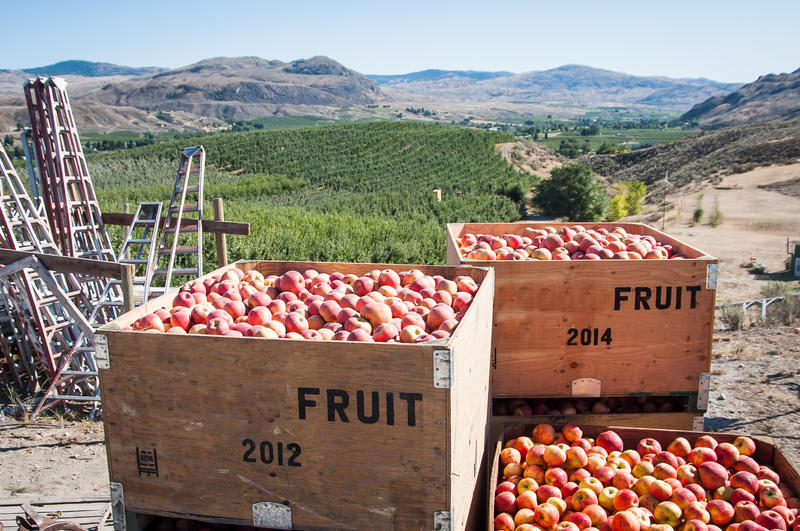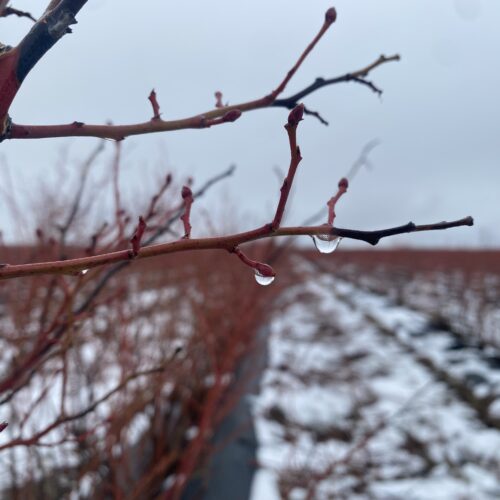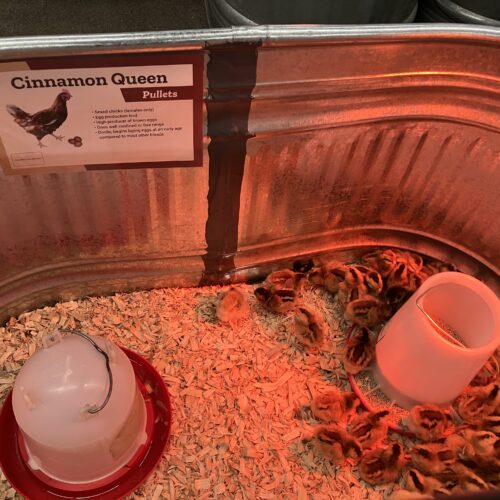
Washington Apple Growers Fret Over Possible Chinese Tariffs
Listen
With China threatening to slap the United States with tariffs on $3 billion worth of U.S.-made products, one group that is worried is Washington state’s apple farmers.
The state’s growers export a third of their crop to more than 60 countries around the world, and China has been one of their biggest customers. According to statistics gathered by the Washington Apple Commission, China was the sixth largest international apple market for the state between 2013-2016.
According to Todd Fryhover, the commission’s president, many growers support President Donald Trump — but they are worried about the prospect of China imposing tariffs in response to U.S. trade pressure.
“You know we’re always in support of our government, no matter who’s in power. And obviously, free trade is something that we all push and look forward to. But we’re gonna be cautious and wait, remain supportive of the president and his administration and see what happens,” he said.
Fryhover said apple growers are also concerned about changes to the North American Free Trade Agreement. Mexico is by far the largest international market for Washington apples, according to the commission.
Note: This story has been updated to include more descriptive language about the nature of the possible Chinese tariffs.
Copyright 2018 Northwest News Network
Related Stories:

Blueberry bust: Hundreds-of-millions-of-dollars blueberry biz in the Northwest and Canada act as one, tariffs could complicate the relationship
Snow melts in drops off bare blueberry bush twigs at a sprawling farm in Franklin County in Washington state. (Credit: Anna King / NWPB) Listen (Runtime 2:47) Read At one

What’s fuzzy, cute and sold out? Chicks
As egg prices surge, baby chicks have been selling out across the region — and the country. (Credit: Susan Shain / NWPB) Listen (Runtime 3:59) Read The first person showed

Searching for sage grouse: Looking for a chicken-sized needle in south-central WA
Seth Hulett, Audubon Washington’s senior program manager of the Columbia Plateau, searches through his spotting scope for sage grouse. (Credit: Courtney Flatt / NWPB) Listen (Runtime 4:12) Read In south-central















